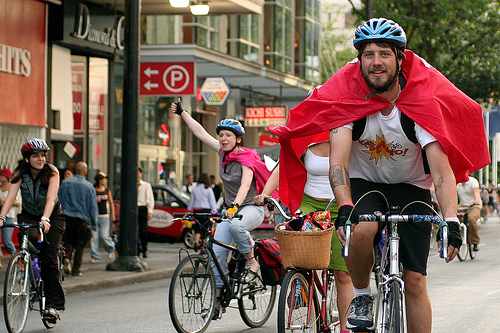Trees that once stood
It’s the day after Earth Day and I’m on my favourite North Shore bus route. Lined by trees most of the way, including a park ravaged in the windstorm of a few years ago and a protected habitat area with beautiful deciduous trees, the two-lane Dollarton Highway can feel like a backcountry road. Certainly in the rear view mirror of my bicycle it can make me pretend I’m somewhere else.
The road was realigned and widened years ago, and I still remember the disappointment and shock I felt in staring at this huge, ugly, wrecked swath where they had pummeled through what I can only assume was old-growth forest. I had forgotten the image until a reminder came today.
Developers have been clear-cutting small chunks at a time to build two-story business operations. They’re not the ugliest buildings in the world and they did a fine job of either keeping perimeter trees or replanting, which is more than I can say for most areas. It’s a beautiful road, even, as roads go with its remaining forests. I know one treed part is doomed as it has a Colliers sign on it while the trees are still standing. Today I’m distracted by writing a different blog post on my iPod. In my peripheral vision, something has changed. Massive trees and mangled branches are heaped on bare ground where a magnificent, dense group of conifers had stood untouched for decades. My heart cracks open and a knot grips my throat. I’m paralysed for a moment by an aching sadness that becomes a desire to vomit as I pass existing cleared blocks and those currently spared, beautifully lush but damaged. I am overcome; my lower lip quivers and I wonder if anyone else has noticed the abrupt change and felt similarly.
Where we have something so irreplaceable, and that defines space so dominantly, I can’t grasp why we destroy it for a mere two-story building, parking lots, a gas station, a puny Tim Hortons drive-thru. We ignore opportunities to decrease our buildings’ footprints by building them compact to begin with or replacing old single-story ones with multi-story. There’s no shortage of this activity with houses in older neighbourhoods, so why do we treat our commercial spaces differently? Why are these formerly forested areas being developed now? Does anybody give a damn?


